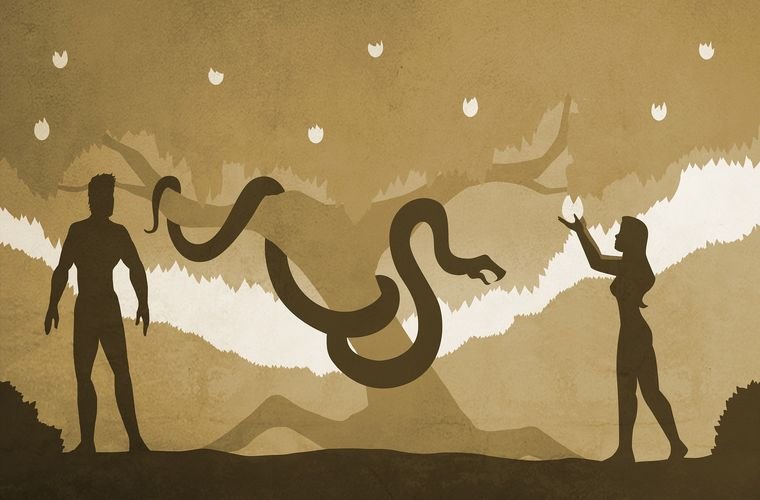Artificial intelligence, or AI, is helping to better preserve the past, and connect it to the present. From composing symphonies to archiving wine pedigrees, this technology is making science more streamlined. AI is helping to restore ancient ruins and answer big questions about human civilization. Some scientists are even hoping to use AI to learn more about the origins of humans. From Adam and Eve to ancient texts, this technology has been able to answer more questions about how humans began.
Background: The Adam and Eve Study
The story of Adam and Eve originates from the Bible and has become a common representation in modern society of the first original humans. But could Adam and Eve have actually existed? Researchers decided to use an AI simulation to see the feasibility of having one common human ancestor. In 2004, scientists from Stanford University used an AI simulation to track human migration over the past millennia. They found that the common ancestors seemed to have appeared only two or three thousand years ago. This Adam and Eve study helped spark interest in a field called “digital humanities,” which studies the intersections of technology, like computing, and the humanities, like art and English. Digital humanities examine various topics, from videogame art to computer linguistics. Many digital humanities scientists want to look at the effects that technology has on the humanities, especially human thought and emotion. Through this field, researchers are uncovering more about early humans, including their language.
Analysis: Pythia AI and Ancient Texts
For many researchers studying ancient texts, it can be frustrating when pieces of the text are missing or damaged. Missing tablets or scrolls are quite common, forcing researchers to guess several characters or words of the ancient language. Because AI models use data to identify patterns, these models can give a more mathematical approach to guesswork and help make the process more efficient. An AI program, developed by Google’s DeepMind AI and the University of Oxford, does just this process. The program is called Pythia, after the ancient high priestess at the Temple of Apollo. Pythia uses an AI neural network to help restore the missing or damaged text. This in turn provides more insight into ancient human origins, including how they communicated with each other. Pythia’s applications may hopefully spark other AI programs that will also help restore other missing or damaged artifacts, such as dinosaur bones or wall frescoes.
Outlook: Invaluable AI
With AI becoming more helpful for archaeologists, linguistics, and digital humanities researchers, the technology will soon become irreplaceable. Its fast processes help to give accurate predictions based on pattern analysis, as well as easily digitize and archive records. Depending on how it’s used, AI can act as another research assistant, giving essential information needed for analysis. With its versatility, it will be no surprise to see this technology become more integrated into historical research, playing a key role in looking at specimens or dig sites. Thanks to the power of AI, more questions about ancient humans can be efficiently answered, as researchers continue to advance this field.
Kenna Castleberry is a staff writer at the Debrief and the Science Communicator at JILA (a partnership between the University of Colorado Boulder and NIST). She focuses on deep tech, the metaverse, and quantum technology. You can find more of her work at her website: https://kennacastleberry.com/

